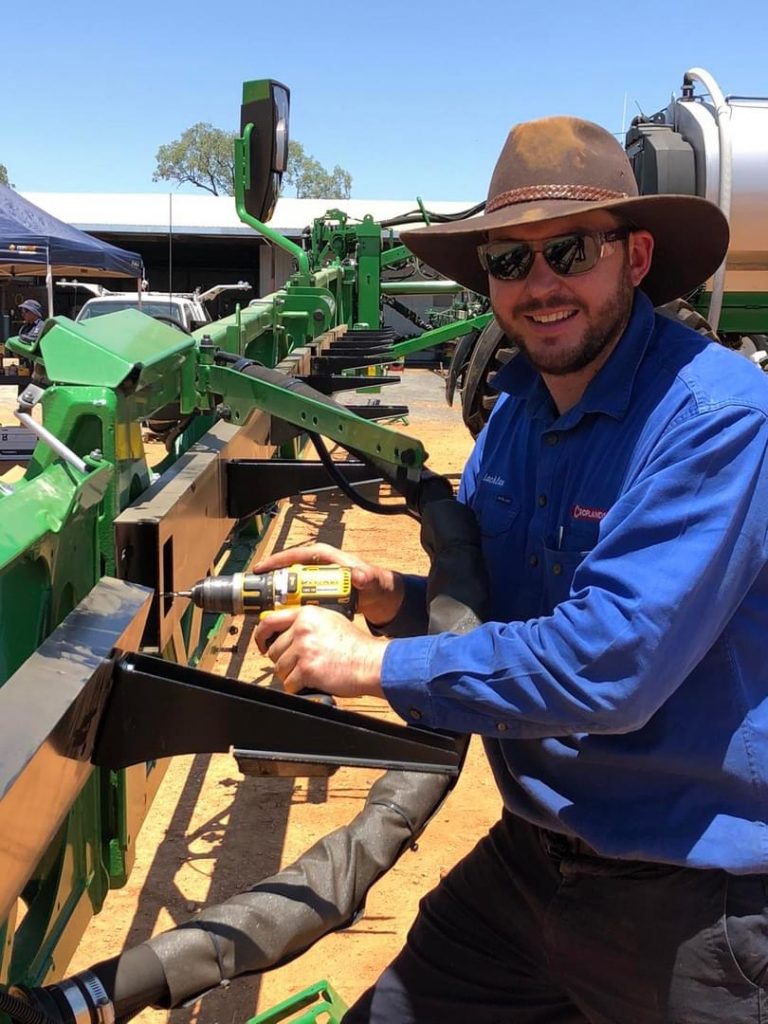QLD WEED-IT retro-fit kit
5 August 2024

WEED-IT a lifeline in Queensland farmer’s fight against resistant weeds.
Queensland farmer Shane Beil says he would not be able to keep farming without his Weed-IT precision spot sprayer.
Shane and his wife Nicky’s farm is Kilcummin Station, near Clermont, in Central Queensland. They run cattle and grow broadacre crops on about 7300 ha.
Crops are primarily sorghum, wheat and chickpeas, and they have also grown mung beans and sunflowers. Except for contract transporters, who cart their grain, Shane and his family manage the day-to-day running of the farm – from planting through to crop care and harvesting.
It is a dryland farm. We have black soils, which are good to work. We run 250 breeders and their progeny, all on natural grasses.
Shane Beil, Kicummin Station, near Clermont, Queensland
“This year we grew 2500 ha of sorghum, which we planted in January and harvested in May. We planted 1250 ha of chickpeas in April and we will harvest them in September or October. The chickpeas are a good option for us because we can get a crop from them when it is too dry for wheat.”
At the beginning of 2024, the Beil family upgraded to a new self-propelled sprayer to boost the efficiency of the cropping program. It is a John Deere 410R with a 36m boom and 3800-litre tank.
To reduce chemical use but still target the herbicide-resistant weeds that many farmers in Central Queensland now have, he also had Croplands fit a WEED-IT retrofit kit (spot spray system) to the new sprayer.
WEED-IT’s ‘green-on-brown’ system for spot spraying on fallow ground can reduce water and chemical use (and therefore costs) by up to 95 percent. It uses near infrared sensors to detect individual weeds as small as 1 cm2 at speeds up to 20 kph and then directs spray nozzles to dose them.
The Beil family’s WEED-IT system has sensors mounted every metre along the boom. Each sensor works with four nozzles spaced at 250 mm intervals. Shane says when it detects a weed the size of your thumb, it uses one nozzle. When it detects a bushier weed it uses two, and when it detects a patch it uses four.

We used the WEED-IT to do three fallow sprays when we prepared the ground for sorghum in December and January.
Shane Beil
“At the time we did the first spray, the paddocks were fairly dirty. We left a few weeds behind and then we had a bit of rain, so we went again and got 100 percent. We then did a third pass over 10 percent of the area before we planted.”
Shane says he operates the WEED-IT at 18 kph but it is set up to work at speeds up to 22 kph.

